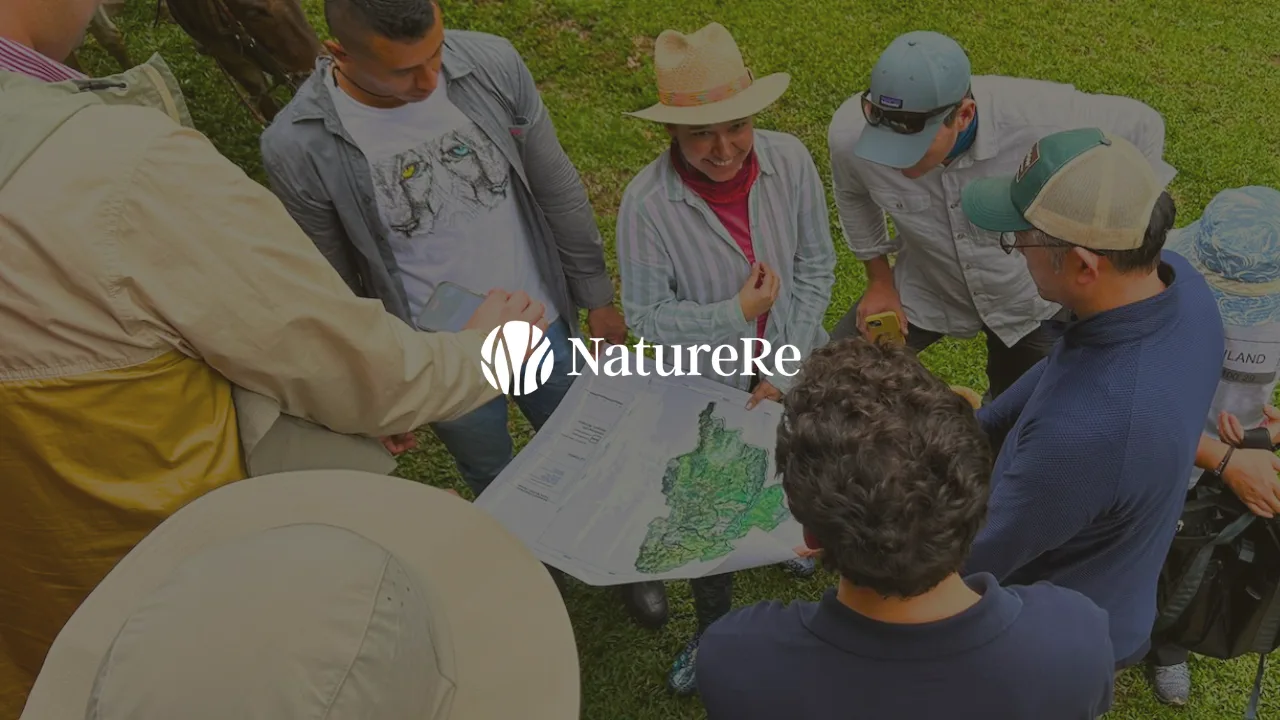Beyond Carbon: Why a Holistic Land Use Plan is Key for Project Success
Discover the essential elements of a sustainable land use transition plan for nature restoration projects
Project Development
Apr 30, 2025
Harry Grocott

Changing how we use land is one of the core tools available in combatting the effects of climate change. The IPCC estimates that land use change (under the acronym AFOLU - Agriculture, Forestry and Other Land Use) can provide 20-30% of the mitigation needed to stay within the crucial 1.5°C or 2°C pathways.
Consider this: the way we currently manage land accounts for 21% of global human-caused greenhouse gas emissions - nearly 10 times the emissions from flying. Alongside reducing these emissions, there’s an enormous opportunity to actively remove additional carbon dioxide from the atmosphere through sustainable land use, highlighting its incredible potential impact.
Why a sustainable land use transition plan is crucial
As a Project Developer, you have the opportunity to make a significant positive impact. But if done wrong (aka lack of careful planning), you can cause more harm than good and suffer financially, too. Creating a land use transition plan is vital to avoid these pitfalls and ensure your project delivers on its environmental and economic goals
What defines a successful, sustainable land use transition plan?
Developing a robust plan today means successfully balancing two core components: a holistic view of ecological change and the financial practicality of implementing that vision
- The ecological foundation: The cornerstone of any sustainable plan is its ecological impact. Working with nature, rather than against it, isn’t just ethically sound; it’s essential for long-term success and resilience. Nature is a powerful force - and just like gravity, it is far easier to go with it than to push against it.
- Financial viability through carbon markets: Currently, the primary mechanism for funding large-scale nature restoration is the voluntary carbon market. Therefore, understanding your project’s potential carbon impact and framing the revenue streams this creates shapes your budget. This is critical to secure upfront funding and cover ongoing work.
Essential considerations for your holistic plan
Creating this holistic view requires gathering and analysing key information:
- Historic land use: Understanding the past land use and land cover of your site provides context for current conditions and informs future decisions. What ecosystems were previously present? How has the land changed over time?
- Ecological suitability: What ecosystems naturally thrive in this specific location? Your plan should aim to restore or enhance ecologically appropriate habitats, considering climate resilience.
- Human communities: Local communities are integral parts of the landscape and ecosystem. Understanding their needs, perspectives, and relationship with the land is vital for the long-term social sustainability and success of your transition plan. Engaging communities effectively helps prevent human-induced degradation, a common failure point for many projects. (Learn more about this in our Community Engagement blog)
- The carbon impact assessment: Building upon the ecological plan, quantify the carbon impact of your project compared to what would have happened otherwise (baseline scenario). Accurately assessing this is key to accessing carbon finance. You may need to iterate between the ecological design and the financial model to find the right balance.
Streamlining your plan: Treeconomy’s Historic Land Use Assessment
While developing a full transition plan involves many factors, Treeconomy helps Project Developers streamline a crucial early step: understanding the site’s history from the carbon perspective. We provide rapid, easy-to-use tools to assess historic land use and land cover change, automatically analysing the last 10 years.
Developers juggle numerous complex tasks during the planning phase. Our Project Site Eligibility assessment (Download the brochure here) takes the burden of the historic land use analysis of your project, enabling faster iterations and more informed initial planning.
Build better projects faster
Integrating our Project Site Eligibility assessment into your land use change plan early on contributes to a better-planned project overall. It supports faster, more accurate scoping and helps build the foundation for a truly sustainable nature restoration and carbon removal project.
Get started with your site assessment
Ready to streamline your initial project planning?
Sign up to our platform Sherwood to request our Project Site Eligibility assessment.



